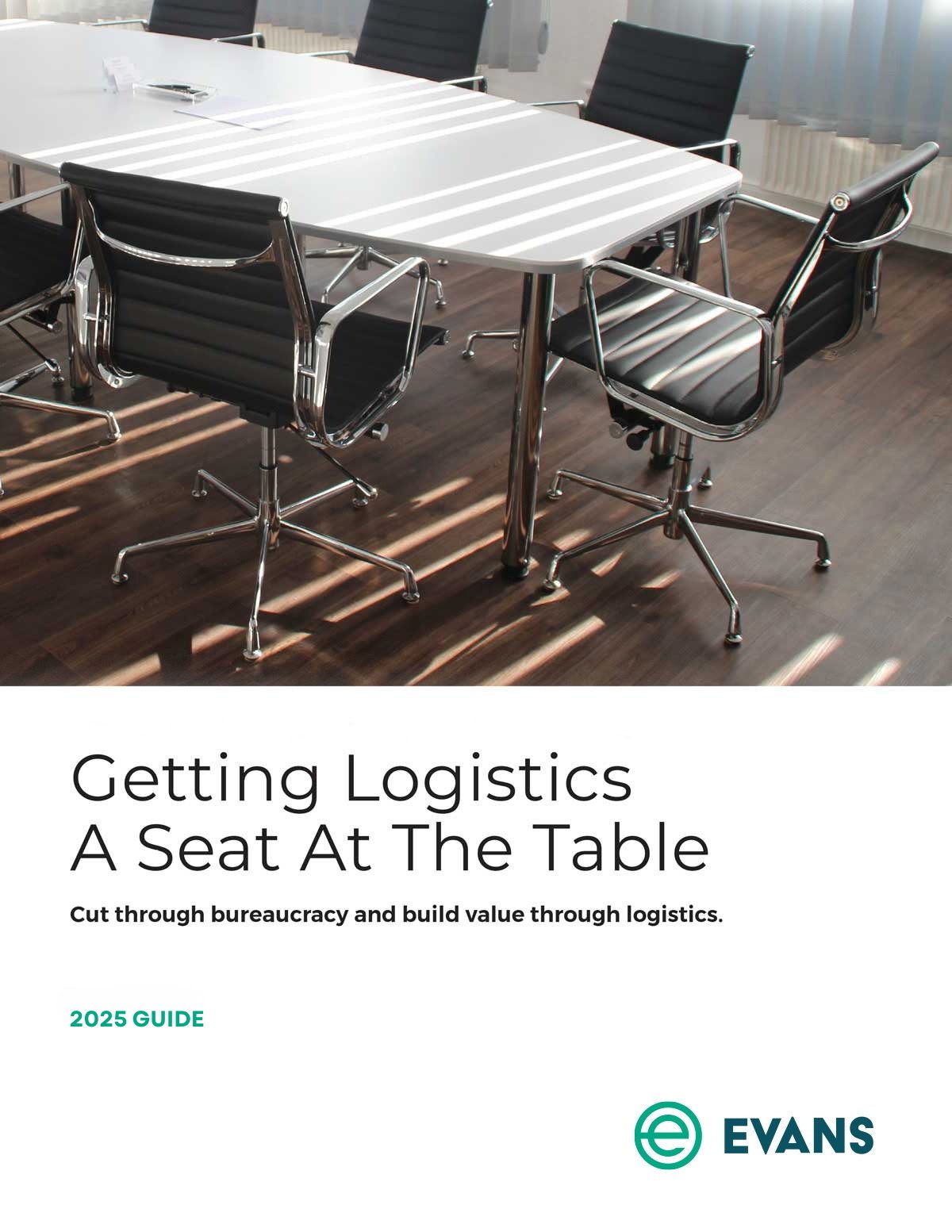Reduce inbound freight spend through the customization, visibility, and resource cost decreases available through technology.
Let’s start with this fact: a transportation management system (TMS) is crucial for inbound freight management. Sounds dramatic, right? The reality that in an increasingly data-driven world, analog systems just can’t keep pace with digital solutions.
We can list the transformative abilities of a TMS at length. The bottom line for inbound freight, though, is that a TMS keeps records of supplier performance and compliance. You can use this data to correct and educate suppliers to prevent reoccurrence of common errors.
So, what does this mean for your inbound freight spend?
Without a TMS, you negotiate your freight shipments each time for a delivered price. Your suppliers will mark the shipment “collect,” make a carrier selection, and you will pay.
This raises several issues. For example, without a TMS, how do you know which carrier is the most cost and time effective for your needs?
Your suppliers certainly don’t know the right carrier to use from a cost or transit standpoint. Each supplier has a favorite carrier that they will default to most of the time. This may result in carriers that are too slow, too fast, or otherwise ill-suited to your needs. Basically, you are blindly taking on costs.
Here’s how a TMS can reduce inbound freight spend and put a stop to runaway costs and unmanageable data.
4 ways a TMS can reduce inbound freight spend
1. You get a custom-tailored transit solution.
As we’ve discussed before, all inbound freight issues start with the purchase order. Clear and accurate freight orders are the cornerstone of a successful inbound freight program. By taking control of the PO instructions, you can tell your suppliers which carrier to use. You can take that control to the next level by adding in the power of the TMS into carrier selection.
Using the specifics of your shipment and our TMS, Evans can derive the exact correct carrier for your inbound needs. Your supplier will enter the origin, destination, class, weight, and any accessorials. With all of that information, we can make an accurate decision on which carrier is best. And the deciding factor is not always cost.
Here’s an example. If you are receiving 300 lbs. of freight shipped from Wisconsin to California, there are many possible carriers. To make informed decision, you’d need to add in any rating complexities or specific accessorial needs. Any of these added to the mix would result in a different carrier because accessorial costs like liftgates vary widely by carrier. Minimum charges and discounts all vary as well.
And what if the weight of the inbound product varies? Light shipments might go on FedEx, whereas a shipment of the same dimensions but a heavier weight would require a different carrier. A small variance that’s not tracked and accommodated could mean a large cost differential. Without a TMS it would be very, very difficult to take all of these variables into account, calculate costs, and return a decision in a matter of seconds.
2. You get more control through visibility.
Controlling inventory costs means planning. You need your supplies, but not too slow or too fast. Even a delivery 2-3 days too early risks potential exposure to supply chain issues if you have no visibility. Without a TMS, you have a general idea of when a product will come. You may have a general idea of the arrival window, within 4-5 days.
But who is watching? Your production or resource manager? If you company is like most, you only look at your inbound freight when it’s a problem. If there’s a snowstorm in Maryland and your inbound shipment is already 3 days late, you had a problem even before you saw the forecast.
Lack of visibility is worth significantly more than freight cost. A line change or other manufacturing considerations are far more than a change in freight costs.

